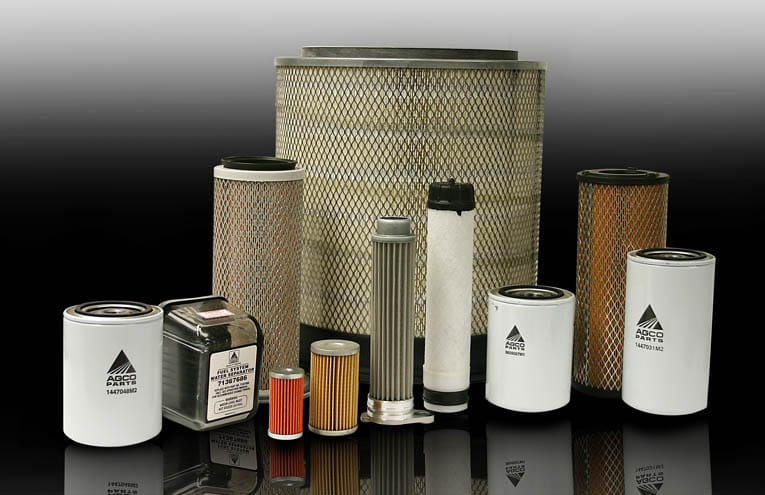It pays to buy original components

It is possible to save on buying certain spares for farming equipment. One should remember, however, that using components from suppliers other than the original manufacturer can seriously damage both the equipment and the farmer’s pocket. That is why experts from AgroCentre strongly advise farmers not to take risks buying substitute components lest they learn the hard way why the miser pays double.
AgroCentre offers its customers only original spare parts for the farm equipment is supplies. The product range contains more than 30,000 items, 22,000 of which are permanently available at the storehouse. Ten thousand are AGCO spare parts for all brands of the corporation’s equipment, i.e. Fendt, Challenger, Valtra and Massey Ferguson.
Sergey Tikhomirov, head of the components supply department, AgroCentre-Holding LLC, believes that as spare parts go what really matters is not only the component’s service life, but also the quality of its service. These factors depend on the component’s materials as well as its manufacturer and place of manufacture:
“The main difference between the original spares and their counterparts from other manufacturers is in the approach to the production process. Whereas the AGCO Corporation pays huge attention to the proper functioning and long service life of the components, the manufacturers of non-OEM stuff seek first to minimise costs and reduce the price for the end customer, all of which invariably compromises the product quality. The design of original spare parts, their manufacturing technologies and materials are often unique for each equipment model. This is so because in recent years the power and efficiency of equipment have grown considerably, stiffening the demands made on component reliability.”
The OEM spare parts manufactured at the AGCO Corporation’s facilities meet the highest quality standards. This is achieved by using costly materials and the latest developments of the company’s leading engineers. The spare parts are designed and manufactured at the same facilities and using the same machines as for the equipment itself. Such spare parts necessarily have the developer’s marking and a unique item number given by the manufacturer. As for manufacturers of substitute parts, they often have incomplete information about the spare parts. They manufacture them using their own technologies.
The operating life of non-OEM components is much shorter and using them may damage the equipment because at high stress such components damage the subsystems they are in contact with, compromising the operational efficiency or completely breaking the equipment. In this case, the initial cost savings of non-OEM spares often results in loss of time and money because of machine down time during the seeding period or harvesting. Another important issue is that the original components come supplied with the manufacture’s warranty, whereas non-OEM ones have none.
The pledge of successful operation of agricultural machines, especially self-propelled ones, is in their technical maintenance. Users often ignore timely maintenance, seeking to cut the cost of equipment operation and the purchase of expendable materials. Involuntarily such equipment users spot non-OEM components that look like genuine ones and have tempting price tags, but nobody knows what is inside them, though one must know every little detail.
OEM spare parts:
Non-OEM spare parts: